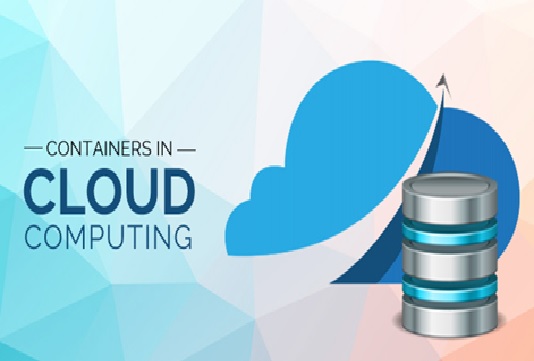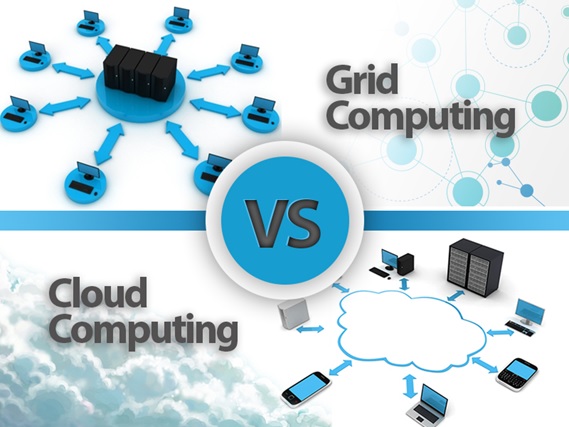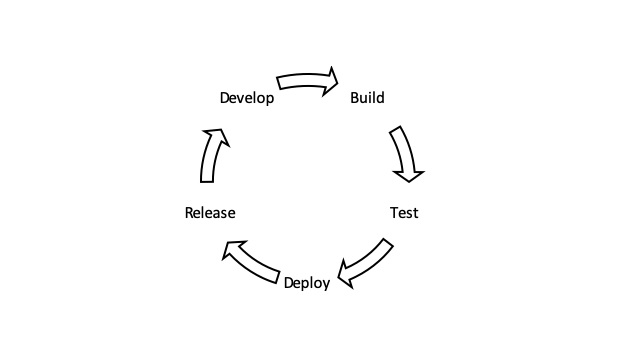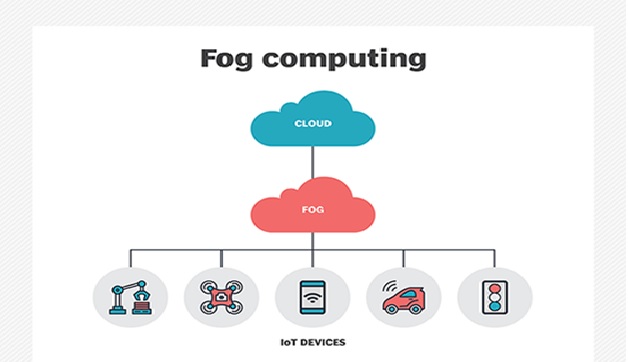The Cloud-Storage Virtualization
In the computing or Cloud computing domain, virtualization refers to the creation of virtual resources (like a virtual server, virtual storage device, virtual network switch or even a virtual Operating System for that matter) from a single [1] resource of its type, which figure1 shown below appears as several individual isolated resources or environments and users can use them as a separate individual physical resource.
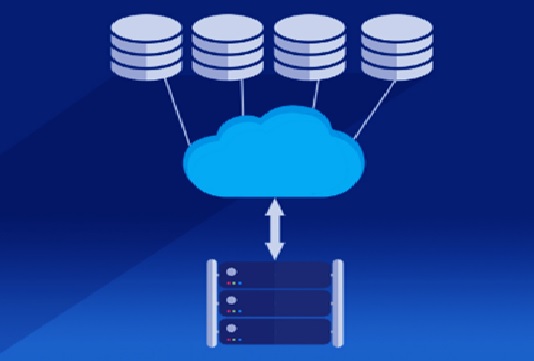
Figure 1: Cloud Storage Virtualization
Different virtual machines can run different operating systems and multiple applications sharing the single physical computer beneath them. And because virtualization isolates every other virtual machine, if one crashes, the others stay unaffected.
The software used for virtualization is known as the Hypervisor. It is solely responsible for decoupling the hardware from the operating system and allocating the necessary resources like processor, memory, storage, etc., for each virtual resource that is brought up. There are two types of Hypervisors which are Type-1 Hypervisor and Type-2 Hypervisor. The former is installed on bare metal or directly on top of the machine, and that itself acts as an Operating System, whereas the latter is installed on top of the Operating System present on the host.
Storage virtualization is a major component for storage servers, in the form of functional RAID levels and controllers. Operating systems [2] and applications with device can access the disks directly by themselves for writing. The controllers configure the local storage in RAID groups and present the storage to the operating system depending upon the configuration. However, the storage is abstracted and the controller is determining how to write the data or retrieve the requested data for the operating system.
Advantages of Storage Virtualization
- Data is stored in the more convenient locations away from the specific host. In the case of a host failure, the data is not compromised necessarily.
- The storage devices can perform advanced functions like replication, reduplication, and disaster recovery functionality.
- By doing abstraction of the storage level, IT operations become more flexible in how storage is provided, partitioned, and protected.
Storage virtualization is becoming more and more important in different forms such as:
Storage Tiering: Using the storage technique as a bridge or as a stepping stone, this technique analyzes and select out the most commonly used data & place [3] it on its highest performing storage pool and the least used data in the weakest performance storage pool.
WAN Environment: Instead of sending multiple copies of the same data over WAN, WAN accelerator is used to locally cache the data and present it in a LAN speed, and not impacting the WAN performance.
SAN Storage: SAN technology present the storage as block-level storage & the storage is presented over the Ethernet network of OS.
File Server: OS writes the data to a remote server location to keep it separate and secure from local users.
Benefits of Storage Virtualization
- Data is stored in a very convenient location. This is because if the host failure data don't get compromised necessarily.
- By using storage level abstraction, it becomes flexible how storage is provided, protected, partitioned and used.
- Storage Devices are capable of performing advanced functions such as disaster recovery, duplication, replication of data & re-duplication of data.
References:
- https://www.educba.com/what-is-virtualization-in-cloud-computing/#:~:text=Types%20of%20Virtualization%20in%20Cloud%20Computing%201%20Server,3%20Operating%20System %20Virtualization.%20...%20More%20items...%20
- https://www.jigsawacademy.com/blogs/cloud-computing/storage-virtualization
- https://www.w3schools.in/cloud-virtualization/storage-virtualization/
Cite this article:
Nandhinidwaraka. S (2021), The Cloud-Storage Virtualization, AnaTechMaz, pp. 36




